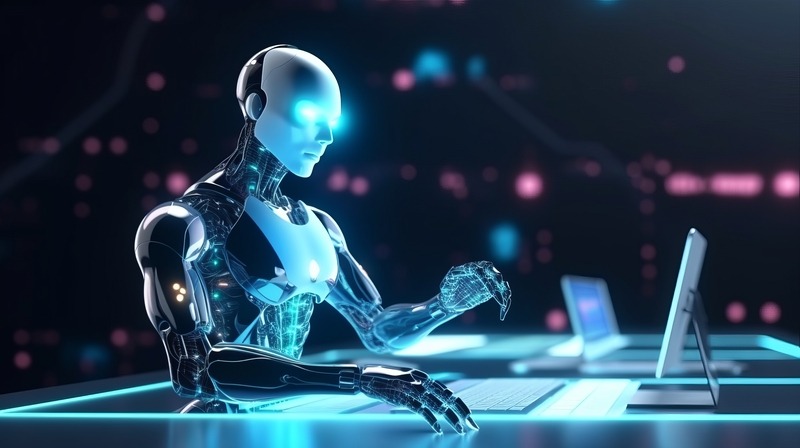As a writer, I'm a bit worried that artificial intelligence tool ChatGPT might replace some of the creative content I develop for clients. Those of you who who are architects, and interior designers, and product designers might be thinking the same thing about AI tools DALL-E, DALL-E 2, and Midjourney .
But from what I can tell, AI cannot replace the human side of creativity.
It cannot write a blog post with the passion, emotion, and empathy that engages readers. And it cannot design a building or an interior space with the same passion, emotion, and empathy that engages occupants.
And AI lacks the perspective we humans have that helps us solve problems.
Helping Creatives be More Creative
So, instead of a threat, we should be thinking about AI as a powerful tool to help us creatives be more creative.
For us writers, using a tool like ChatGPT can help generate content ideas, do research on a topic, check spelling and grammar, and so much more. If you're not a writer, it can help you be better at it -- but only if you give it targeted, detailed prompts.
"Writers who use their creativity in conjunction with ChatGPT content will be effective. But the likelihood of ChatGPT completely outmatching human creativity is slim or none," wrote SEO content writer Karen James Cody in a post recently about why ChatGPT is not a threat to creatives.
Fostering New Design Ideas
For you designers, using AI tools that generate images from text descriptions like can (among other things) help you easily explore unrelated concepts that may lead to new ideas.
In a piece about whether AI systems can perform creative tasks, architect Maria-Cristina Florian writes, "The AI generative models encourage designers to explore a greater number of design possibilities from a new perspective, as it lowers the time between intention and execution.They offer an accessible way to play with data and generate imaginative variations of solutions to creative problems."
Gensler's Christian Lehmkuhl thinks that AI's intricate design rendering and computational problem-solving skills are expanding architects' creativity.
"AI’s most potent asset is its capacity for predictive analysis," he writes in an article about how AI is transforming workspace design. "When this ability is applied to architectural design, it unveils a new dimension in workspace optimization. Architects and designers can input variables—such as building orientation, materials, local climate data, and energy consumption—into AI algorithms, yielding concepts that prioritize energy efficiency and sustainability."
I'd argue that this applies to healthcare spaces as well. Or any type of space, for that matter.
Messing Around With ChatGPT
I have to admit, I haven't messed around with ChatGPT very much. But I just asked it to write an acceptance speech for an award that someone who has spent their career promoted the idea that the design of the physical environment of healthcare facilities can improve patient and staff outcomes might get.
ChatGPT wrote a pretty good speech. But it was too long. I'll need to edit it if I ever use it.
P.S. Please do me a favor -- if you liked this post and like this blog, please share it with others by sending them the link or posting it on your Twitter, LinkedIn, or Facebook. Also, don't forget to subscribe, so you'll get emails when new content is posted. Thanks!








